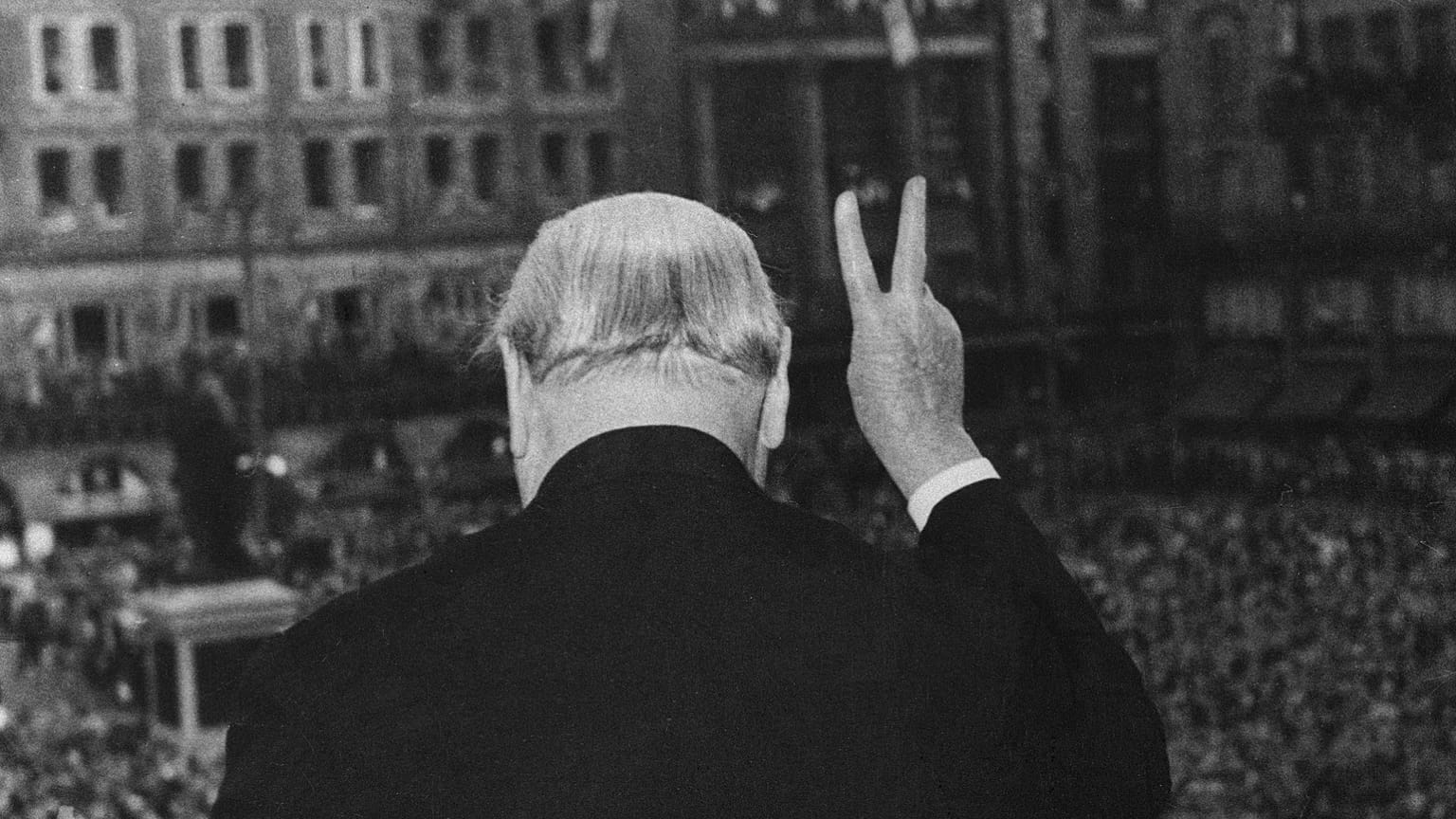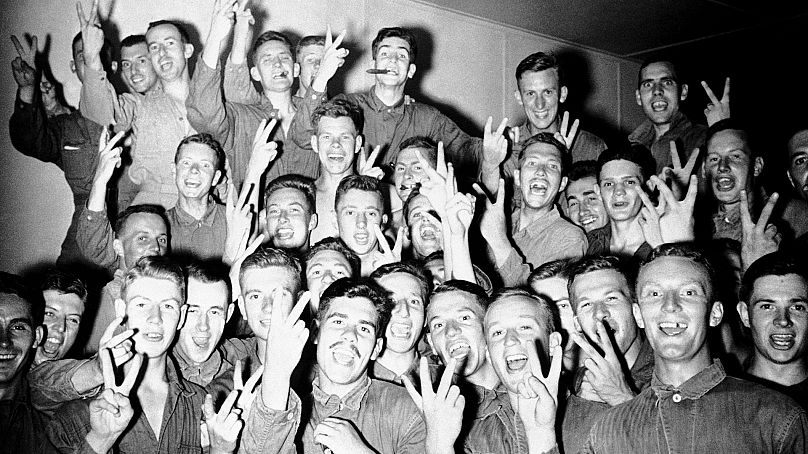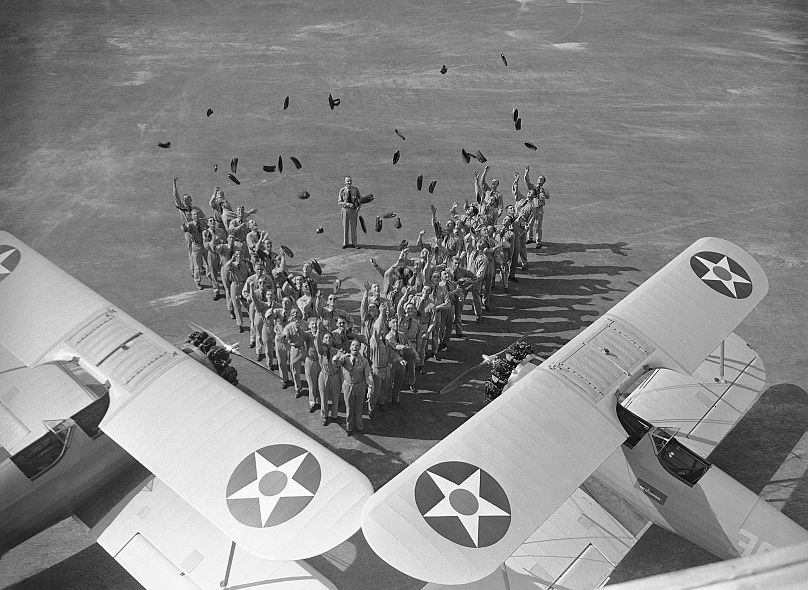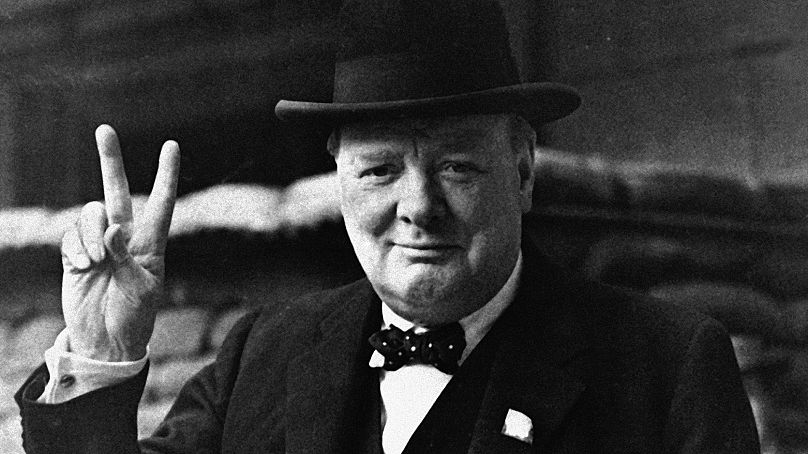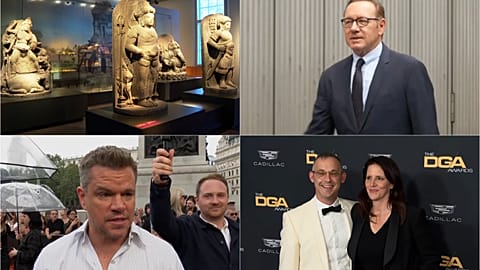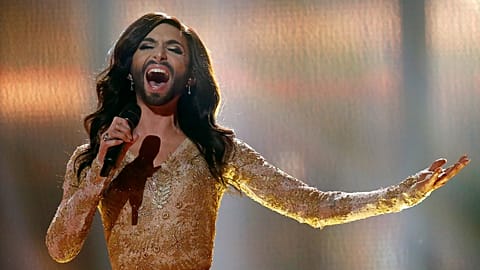19 July 1941: Winston Churchill puts two fingers up to the Nazis
Hand gestures are a clever way humans communicate beyond language and facial expressions. Varying from country to country, every culture has some form of non-verbal means of expressing joy, anger, confusion, and even victory.
Although the UK's ex-Prime Minister Winston Churchill didn’t invent the V sign, he did change its meaning.
For decades, many Brits associated the act of putting your middle and index fingers up with your palm pointed towards yourself as an insult. The story goes that it was an English soldier’s way of taunting the French during the Battle of Agincourt in 1415.
Supposedly, English longbowmen would put their two fingers up to show they hadn’t been captured by the French and had those fingers removed, rendering them unable to shoot arrows.
This story was printed in a 1900 edition of The Sun, however there’s never been definitive proof that it’s the true origin of the V sign as an insult. In fact, historical record suggests the French had threatened to cut off three fingers as a longbow of that era requires three fingers to operate.
Still, the myth prevails as the origin of the V sign insult. The V sign as a symbol of victory’s origin is clearer.
Since 1939, French, Belgian and British broadcasters and news organisations had used the letter V as a symbol of victory, noting the consistent letter at the front of the word in English (victory), French (victoire), and Dutch (vrijheid).
The campaign had first been used by French paper Le Monde with Victor de Laveleye, Belgian politician and announced on Radio Belgique, the BBC radio station during the war, later pushing the campaign in January 1941.
The idea behind it was that the universal use of V by all of the Nazis’ enemies would create an imposing vision of their impending demise. The BBC would also create a non-visual version of the V, putting the Morse code for the letter at the beginning of their World Service. Incidentally, the Morse code for V is …-, which sounds remarkably like the opening four notes of Beethoven’s fifth symphony.
The symbol worked and proliferated through Europe as a symbol of hope for the Allies. The Germans found it so prevalent, they even tried to appropriate it for themselves, adding a massive V to the Eiffel Tower in Vichy France.
It wasn’t until this day in 1941 though that Churchill publicly approved of the campaign. Referring to “V for Victory” in a speech, he put his index and middle finger up with his palm in as with the insult.
Over the course of the war, he began to flip his hand around to create the iconic V sign for Victory. It has since become one of the most used non-verbal gestures, coming to also mean “peace” during the ‘60s.















